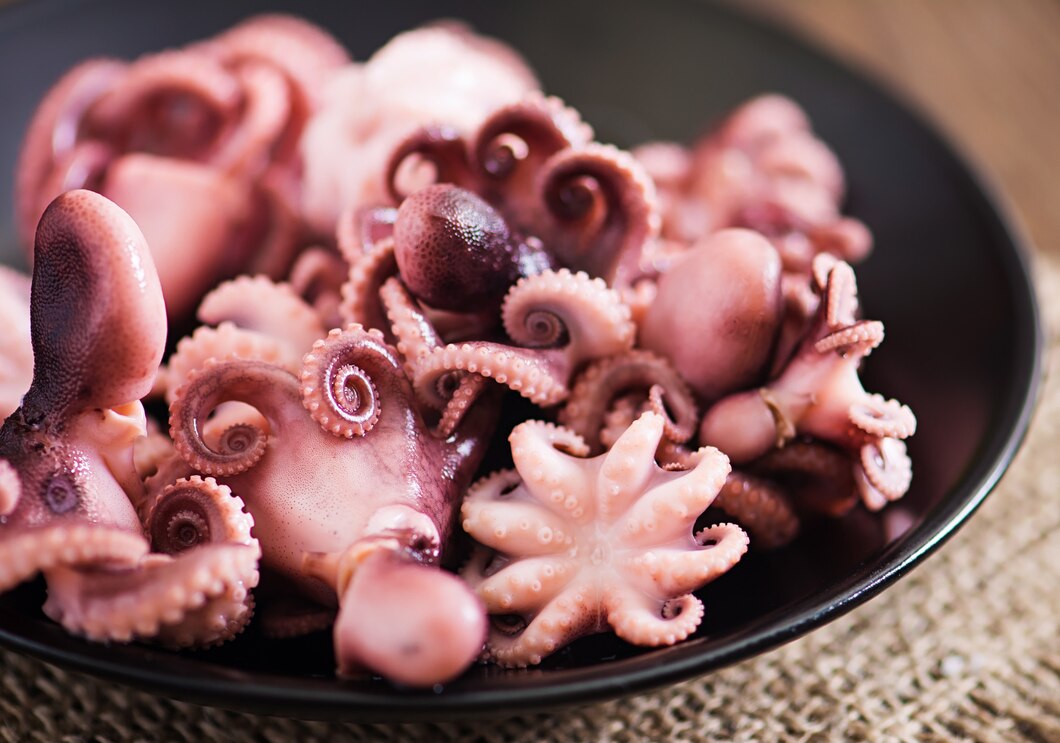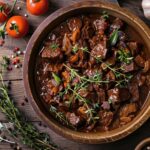Exploring exotic cuisines can be an exciting adventure, allowing you to experience new flavors and ingredients. However, some traditional dishes feature foods that, if not prepared correctly, can be harmful or even deadly. These potentially poisonous foods often require careful handling and expert preparation. Here are ten foods from around the world that can be dangerous if not properly prepared.
1. Fugu (Pufferfish) – Japan
Fugu, a delicacy in Japan, is known for its potential danger. The pufferfish contains tetrodotoxin, a potent neurotoxin that can cause paralysis and death. Only licensed chefs with years of training are allowed to prepare this dish, as one small mistake in its preparation can be fatal.
2. Ackee – Jamaica
Ackee is Jamaica’s national fruit, often served with saltfish. However, if consumed before fully ripening, it can be deadly. The unripe fruit contains hypoglycin A, a toxin that can cause severe vomiting, hypoglycemia, and even death. Only the yellow flesh, known as arils, is safe to eat, and even then, it must be properly prepared.
3. Cassava – Africa, South America, and Asia
Cassava is a staple in many tropical regions, but it contains naturally occurring cyanogenic glycosides, which can produce cyanide when eaten raw or improperly processed. To safely consume cassava, it must be peeled, soaked, and thoroughly cooked to remove the toxins.
4. Sannakji (Live Octopus) – South Korea
Sannakji is a dish made from live octopus, usually served with sesame oil. The danger lies in the active suction cups, which can stick to the throat and cause choking if not properly chewed. This dish requires extreme caution when eating.
5. Rhubarb Leaves – Europe and North America
While rhubarb stalks are commonly used in desserts, the leaves contain oxalic acid and anthraquinone glycosides, which can be toxic. Consuming rhubarb leaves can cause difficulty breathing, seizures, and kidney failure, so they should always be discarded.
6. Blood Clams – Southeast Asia
Blood clams, popular in Southeast Asia, are harvested from areas with low oxygen levels, causing them to filter large amounts of viruses and bacteria. If not cooked thoroughly, they can transmit hepatitis A, typhoid, and dysentery. Proper cooking is essential to avoid these risks.
7. Elderberries – Europe and North America
Elderberries are used in syrups, jams, and wines, but the leaves, seeds, and unripe berries contain cyanogenic glycosides, which can produce cyanide. Consuming raw or unripe elderberries can lead to nausea, vomiting, and severe illness. Always cook elderberries thoroughly to ensure safety.
8. Silver-Stripe Blaasop (Spotted Green Pufferfish) – Indian Ocean and Red Sea
This species of pufferfish, found in the Indian Ocean and Red Sea, is similar to the Japanese fugu and contains the same deadly tetrodotoxin. Its consumption has been linked to numerous deaths, especially in regions where it is mistakenly sold as a safe-to-eat fish.
9. Giant Bullfrog – Namibia
In Namibia, the giant bullfrog is considered a delicacy. However, eating this amphibian before it reaches maturity can be deadly. Immature bullfrogs contain toxic substances that can cause kidney failure and other severe health issues. Proper identification and preparation are crucial.
10. Hákarl (Fermented Shark) – Iceland
Hákarl is a traditional Icelandic dish made from Greenland shark. The shark’s flesh is toxic when fresh due to high levels of uric acid and trimethylamine oxide. It must be fermented and dried for months to reduce the toxins to safe levels. Even then, it has a strong ammonia smell and taste, making it a dish for the adventurous.
While these foods are cherished delicacies in their respective cultures, they carry significant risks if not handled correctly. When exploring exotic cuisines, it’s important to ensure that such foods are prepared by knowledgeable and experienced chefs. With the right preparation, these potentially poisonous foods can be enjoyed safely, allowing you to experience the rich culinary traditions from around the world.








